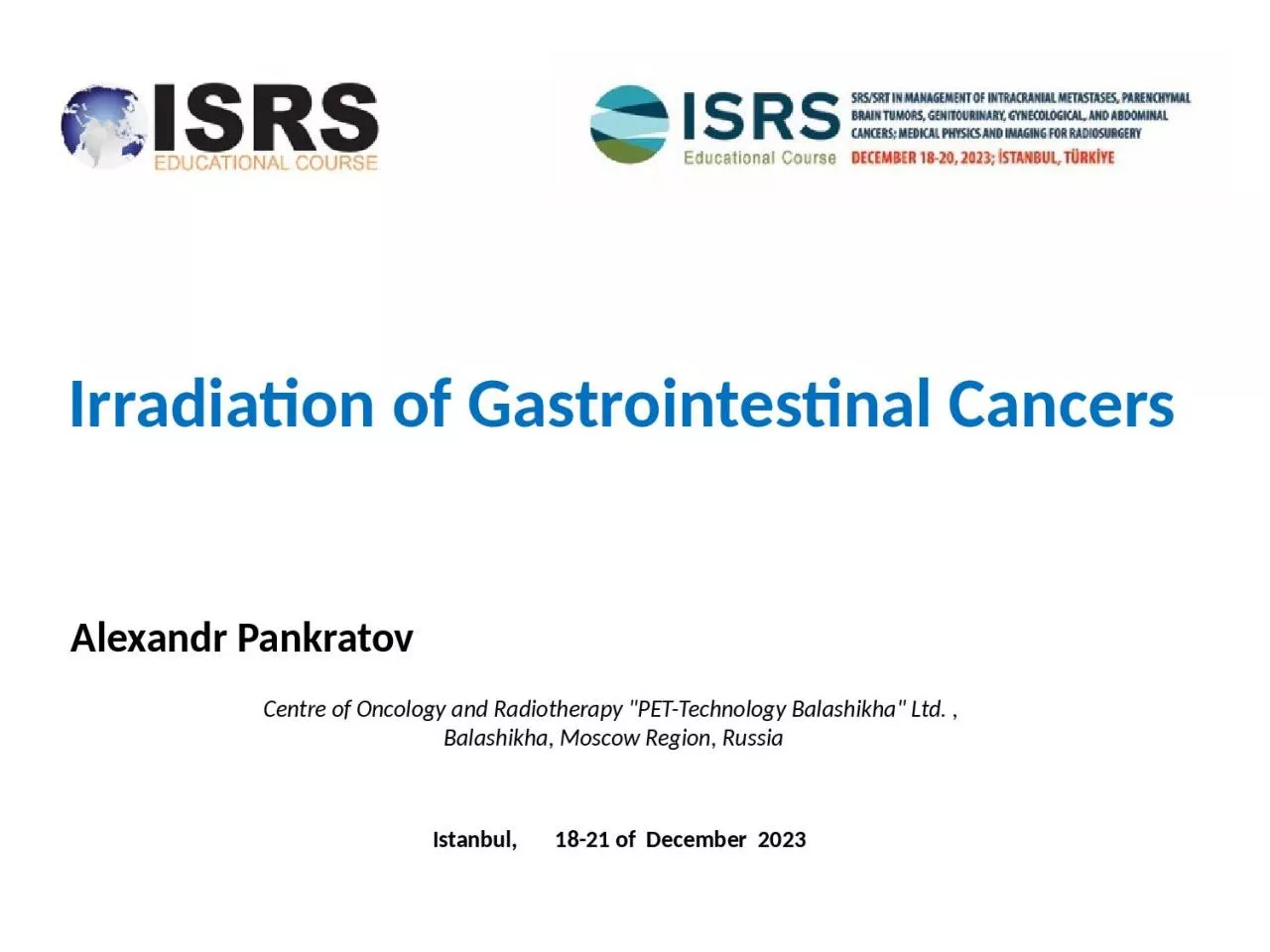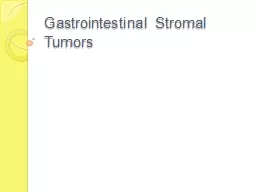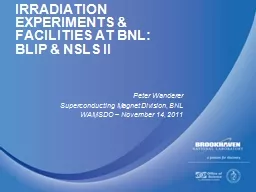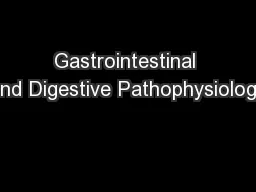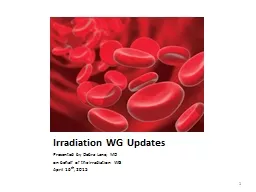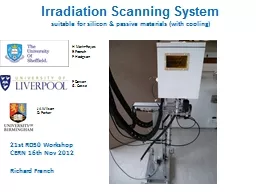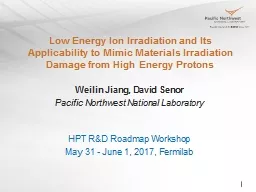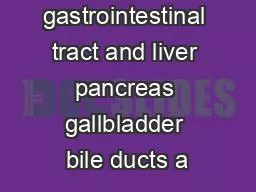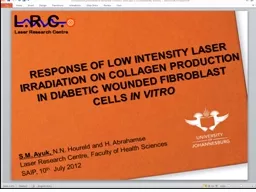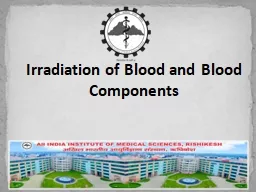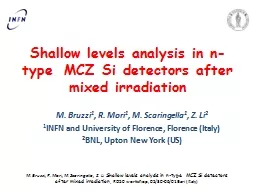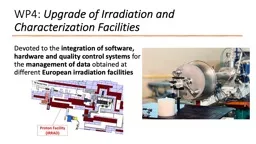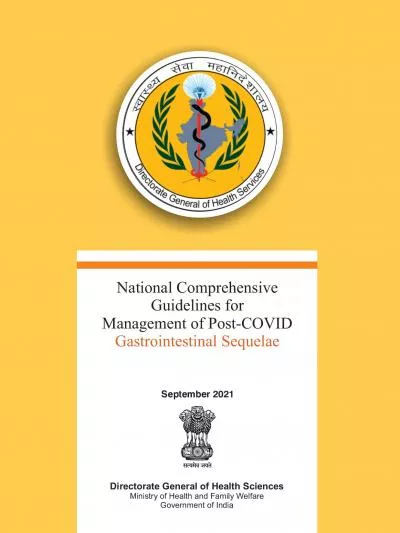PPT-Irradiation of Gastrointestinal Cancers
Author : piper | Published Date : 2024-01-29
Alexandr Pankratov Istanbul 1821 of Decemb er 20 23 Centre of Oncology and Radiotherapy PETTechnology Balashikha Ltd Balashikha Moscow Region Russia Esophageal
Presentation Embed Code
Download Presentation
Download Presentation The PPT/PDF document "Irradiation of Gastrointestinal Cancers" is the property of its rightful owner. Permission is granted to download and print the materials on this website for personal, non-commercial use only, and to display it on your personal computer provided you do not modify the materials and that you retain all copyright notices contained in the materials. By downloading content from our website, you accept the terms of this agreement.
Irradiation of Gastrointestinal Cancers: Transcript
Download Rules Of Document
"Irradiation of Gastrointestinal Cancers"The content belongs to its owner. You may download and print it for personal use, without modification, and keep all copyright notices. By downloading, you agree to these terms.
Related Documents

